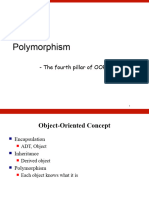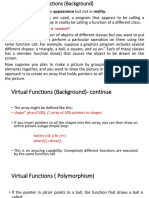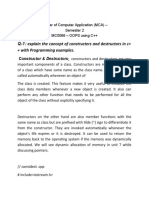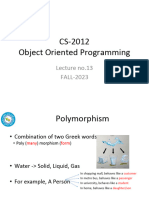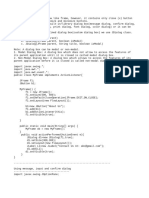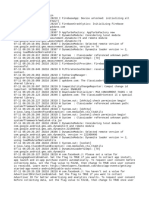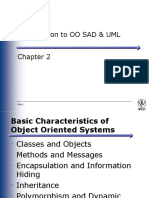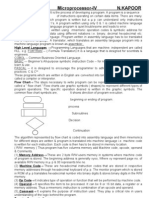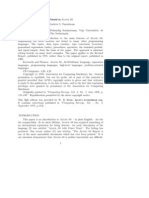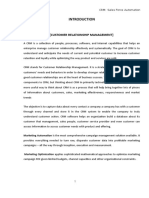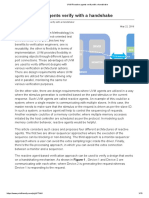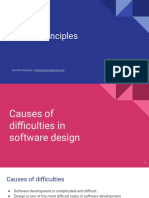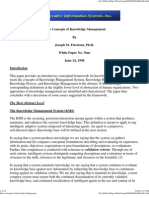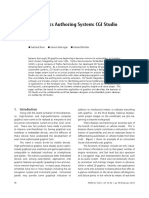0% found this document useful (0 votes)
13 views39 pagesLecture 9-Week9 - Function Overloading and Overriding
The document outlines key concepts in Object Oriented Programming, specifically focusing on function overloading, function overriding, and the use of pointers to objects. It explains the importance of polymorphism and virtual functions in managing memory and function calls across base and derived classes. Additionally, it discusses the necessity of virtual destructors to prevent memory leaks when using polymorphism.
Uploaded by
maxjordan0pCopyright
© © All Rights Reserved
We take content rights seriously. If you suspect this is your content, claim it here.
Available Formats
Download as PPTX, PDF, TXT or read online on Scribd
0% found this document useful (0 votes)
13 views39 pagesLecture 9-Week9 - Function Overloading and Overriding
The document outlines key concepts in Object Oriented Programming, specifically focusing on function overloading, function overriding, and the use of pointers to objects. It explains the importance of polymorphism and virtual functions in managing memory and function calls across base and derived classes. Additionally, it discusses the necessity of virtual destructors to prevent memory leaks when using polymorphism.
Uploaded by
maxjordan0pCopyright
© © All Rights Reserved
We take content rights seriously. If you suspect this is your content, claim it here.
Available Formats
Download as PPTX, PDF, TXT or read online on Scribd
/ 39









